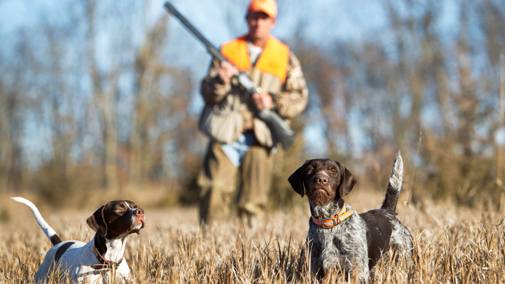Hunting Rights and Land Leases
With the volatility in the markets, some producers may be asking what optional income opportunities are available to them. One of the things some producers have been thinking about is hunting. The question for those leasing is who has the hunting rights.
For a written cropland or pasture lease, you can specify who has hunting rights. If the written lease does not reserve hunting rights to the landlord either directly or indirectly, then the hunting rights would go to the tenant for the duration of the lease.
If the cropland lease is unwritten, then tenant would have the hunting rights unless the parties have a different agreement. This falls under the general notion that in the absence of explicit limitations, the tenant would have full rights to use the land to the exclusion of all others, including the landlord during the term of the lease. This can surprise some landowners who believe the landlord automatically retains many property rights that, in fact, go to the tenant.
Fall Thistle Control
Did you spray thistles this past spring and summer? If so, it would be a good idea to revisit those areas as there are likely some remaining or new growth that has occurred. Although harvest is upon us, October and early November is a key time to control thistles in pastures. There are several biennial thistles, but musk, plumeless, Scotch and bull thistles are our most problematic. Biennials require portions of two growing seasons to flower/reproduce. They develop from seed the first season into a flat rosette. When trying to control biennial thistles, destruction of rosettes prior to flowering (bolting) is an effective means of preventing seed formation and subsequent spread.
Another thistle to look out for is Canada thistle. Canada thistle is a creeping perennial that can be controlled with fall spraying, in conjunction with other management options in the spring.
While in the rosette stage, thistles are more effectively controlled using herbicides. It is important to note that fall spraying of thistles is not a silver bullet and effective control often needs repeated applications. It will take several years of timely control before the soil seed bank is reduced. There are many herbicides labeled for thistle control. Take care when purchasing products and always read/follow label directions before use.
GrazonNext® HL, Milestone®, Chaparral®, Graslan® L, Stinger®, Overdrive® and Tordon 22K® are all products that are labeled for use on biennial thistles, as well as Canada thistle. 2,4-D mixed with dicamba is also an effective option but should be sprayed when temperatures are warmer for the highest efficacy. When using Tordon 22K® or Graslan® L, both products are restricted use and contain picloram. Use extreme caution around other vegetation, especially trees, as both products will kill woody plants.

